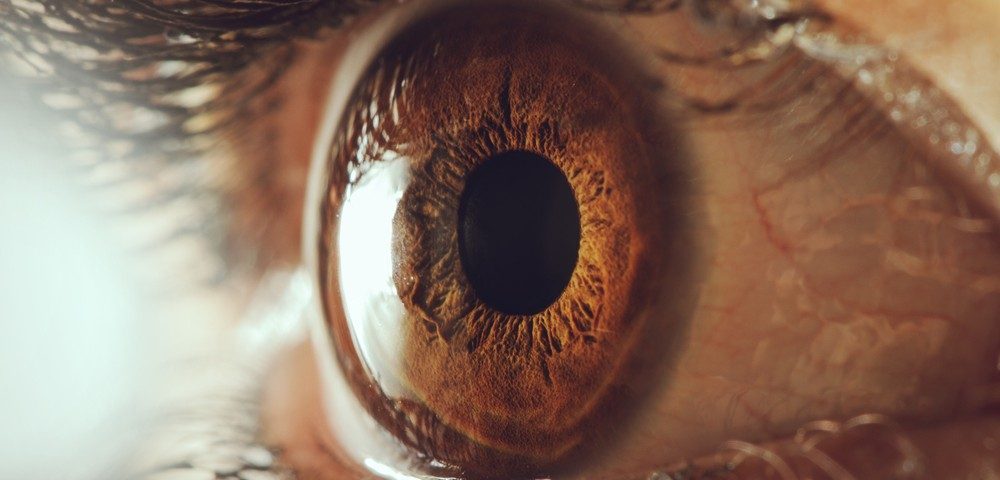Nerve Cell Loss in Retina Found to Be Worse in Patients on Interferon-beta
Written by |

The degeneration of nerve cells in the retina of the eye is more pronounced in multiple sclerosis (MS) patients taking interferon-beta than in patients treated with more efficacious disease-modifying therapies (DMTs), a study finds.
As the loss of such cells, called retinal ganglion cells, is an indicator of general axonal degeneration in the brain of MS patients, the findings suggest that interferon-beta has fewer neuroprotective effects than other approved DMTs.
The study, “Interferon-β Is Less Effective Than Other Drugs in Controlling the Rate of Retinal Ganglion Cell Loss in MS,” was published in Neurology Neuroimmunology & Neuroinflammation.
In MS, the immune system targets nerve cell axons that transmit signals from the brain to other parts of the body, leading to inflammation and nerve degeneration.
Degeneration in certain nerve layers in the back of the eye appear to correlate with greater brain damage in MS. Thus, the neuroprotective effects of current MS therapies can be examined through their impact on these layers.
In this study, researchers at the University of Sydney, in Australia, examined the impact of several approved DMTs on retinal ganglion cell loss in MS patients.
To assess retinal nerve cell degeneration, they compared the thinning of three retina layers — the global peripapillary retinal nerve fiber layer, the temporal retinal nerve fiber layer, and the ganglion cell inner plexiform layer — over time in patients taking distinct DMTs.
The treatments included older “platform” DMTs, such as interferon-beta (sold as Rebif and others) or glatiramer acetate (marketed as Copaxone and others), as well as more recent DMTs with a greater efficacy — Gilenya (fingolimod), dimethyl fumarate (sold as Tecfidera among others), Tysabri (natalizumab), Lemtrada (alemtuzumab), rituximab, and Ocrevus (ocrelizumab).
A total of 105 relapsing-remitting MS patients were included in the analysis, along with 25 healthy people to serve as controls. The patients were mostly women (76.5%) with a mean age of 40.2, and were followed up for a median of four years.
Consistent with prior reports, MS patients showed a higher rate of retinal ganglion cell and fiber loss than healthy controls, as evidenced by a greater annual thinning in all three examined layers.
Inflammation in the optic nerve did not affect the rate of retinal ganglion degeneration, but the kind of MS treatment patients were receiving did. In particular, patients receiving platform therapies experienced a faster thinning in all three layers than those on higher-efficacy DMTs.
Because some patients switched from platform to higher-efficacy DMTs during the study, the researchers assessed 71 patients who remained on the same DMT throughout the study. Again, they observed significantly more pronounced retinal layer loss in patients taking platform DMTs.
Notably, when the effect of the individual therapies interferon-beta, glatiramer acetate, Gilenya, and Tysabri was examined, patients on interferon-beta were found to have the most pronounced retinal degeneration compared to all other three DMTs.
Since the platform DMTs glatiramer acetate, Gilenya, and Tysabri have similar rates of retinal ganglion degeneration, the researchers believe that interferon-beta is likely driving the difference between platform and higher-efficacy DMTs.
“This study provides evidence that the commonly used DMTs have a differential effect on the rate of progressive [retinal ganglion cell] loss in MS, a measure reflecting general [axonal] loss in the disease,” the investigators wrote.
The study may have been limited by its small sample size, the combination of intermediate and high-efficacy DMTs in the higher-efficacy DMT group analysis, and the lack of a functional measure of retinal degeneration.





